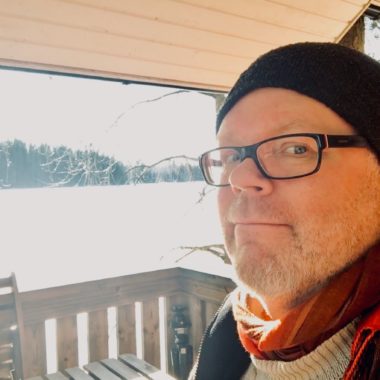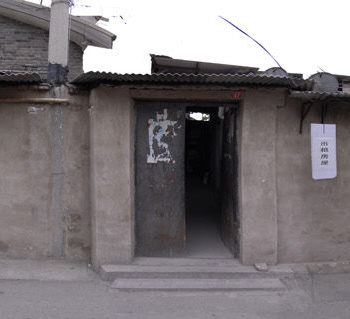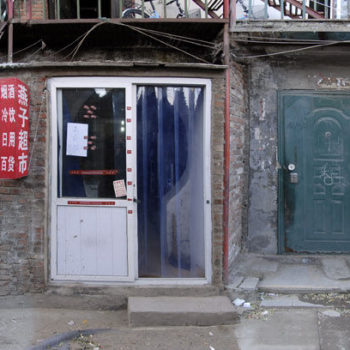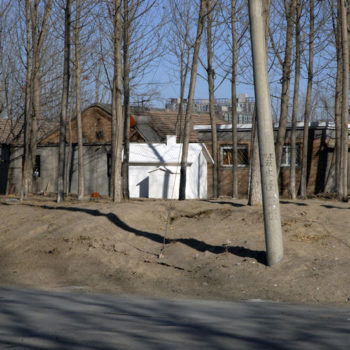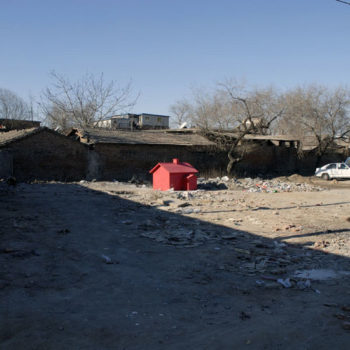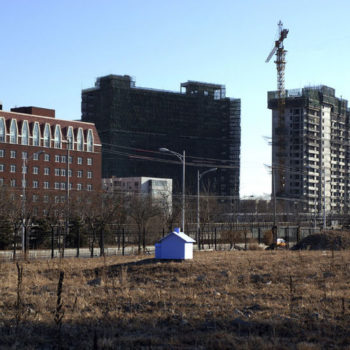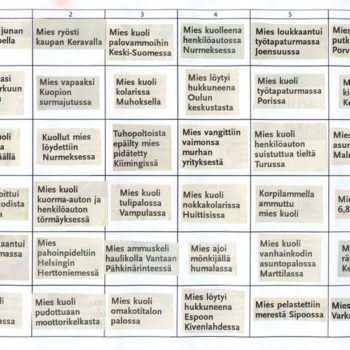Petri Kaverma
Basic information
b. 1963, Helsinki
Visual Artist, Researcher
Residence: HELSINKI
Contact information
Email: p.kaverma@gmail.com
Artist’s Statement
Visual artist Petri Kaverma is interested in the stage where the noise caused by an artwork in its surroundings becomes understanding, in what happens when the media used by the artist in his work disappear, and in what ultimately remains. What thus is the essential function of the form of an artwork and how are these works read?
Since we work mainly with only our own bodies, and through our them, understanding the various disturbances that the artist experiences in his or her work is the key to new comprehensiveness and insight in art.
We artists also deal with structures that have gained their specific forms over long periods. This naturally poses certain conditions, while on the other hand there can certainly be pressure to dismantle models of thought according to which a house must first be built in order to arrange something or for something to take place. It is, however, very difficult to erect a buildings where things are really happening. It seems rather that the opposite is true.
Since we work mainly with only our own bodies, and through our them, understanding the various disturbances that the artist experiences in his or her work is the key to new comprehensiveness and insight in art.
We artists also deal with structures that have gained their specific forms over long periods. This naturally poses certain conditions, while on the other hand there can certainly be pressure to dismantle models of thought according to which a house must first be built in order to arrange something or for something to take place. It is, however, very difficult to erect a buildings where things are really happening. It seems rather that the opposite is true.

